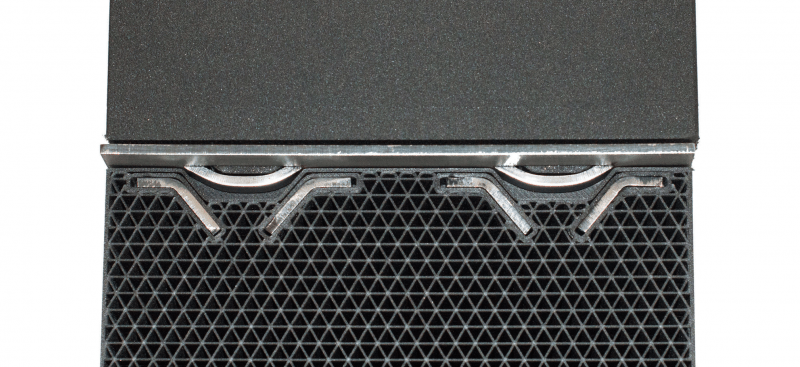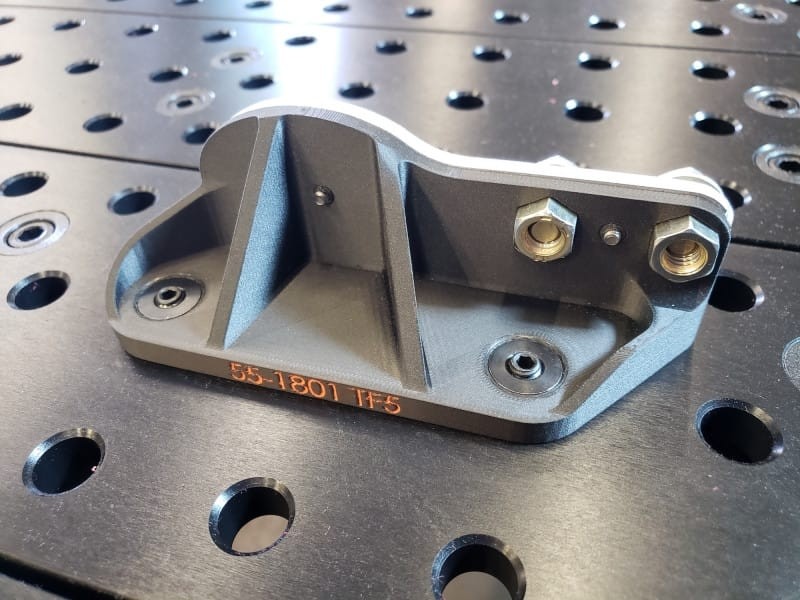
Sviluppo degli Strumenti
Meno manodopera qualificata impiegata per parti che non generano entrate.
Complessità geometrica con meno costi aggiunti.
Iterazioni più rapide portano gli strumenti in produzione prima.
Il processo di progettazione, prototipazione e fabbricazione di strumenti per la produzione può essere la parte più costosa e dispendiosa in termini di tempo del ciclo di sviluppo del prodotto. A seconda della complessità dello strumento, i tempi di consegna possono variare da settimane a mesi e i costi possono raggiungere decine di migliaia di dollari. Di conseguenza, il processo di iterazione può essere noioso; qualsiasi modifica a uno strumento può ritardare la produzione di mesi e aumentare ulteriormente il budget. Fortunatamente, i progressi nella stampa 3D ad alta resistenza hanno portato a soluzioni valide.
Innanzitutto, la stampa 3D offre un modo per prototipare e iterare i progetti di strumenti prima che entrino in produzione finale, riducendo i costi e comprimendo il tempo di sviluppo di un ordine di grandezza. In secondo luogo, molti strumenti possono essere stampati in 3D con materiali compositi o metallici, semplificando ulteriormente il processo. La possibilità di stampare stampi termosaldati, stampi a iniezione, inserti, nuclei e altri strumenti elimina la necessità di CAM, consente la progettazione di parti più complesse senza paura di costi crescenti e libera risorse preziose del laboratorio meccanico.

Humanetics: Thermoset Mold

Cutting Tooling Costs with 3D Printing for Press Brake Tooling

Centerline Engineering Solutions: Press Brake Punch

SDHQ: Welding Fixture
All of the blogs and the information contained within those blogs are copyright by Markforged, Inc. and may not be copied, modified, or adopted in any way without our written permission. Our blogs may contain our service marks or trademarks, as well as of those our affiliates. Your use of our blogs does not constitute any right or license for you to use our service marks or trademarks without our prior permission. Markforged Information provided in our blogs should not be considered professional advice. We are under no obligation to update or revise blogs based on new information, subsequent events, or otherwise.
Never miss an article
Subscribe to get new Markforged content in your inbox